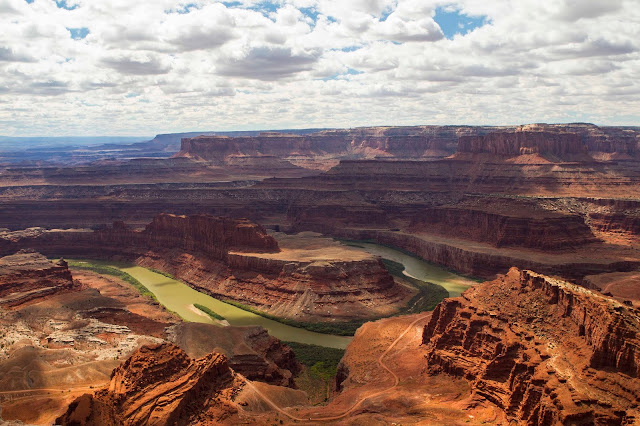One of the many highlights of the festival is the Friday, "For the Love of Lamb" event in Ketchum. Ten participating restaurants offer the best in "American Lamb Baaaites" starting at 4:30 pm and ending when food is gone. The event is totally free! The streets were full of people following maps from restaurant to restaurant. It reminded me of some crazy scavenger hunt. Everybody was having a good time and eventually were too full to continue. Here is a mouth-watering list of the items offered by the restaurants:
Lamb Meatballs with Idaho Mint Tatziki
Shepherd's Pie
Lamb Meatballs
Lamb Lasagna
Roast Lamb
Denver Style Lamb Ribs
Moroccan Lamb Tagine
Lamb Strudel
Lamb-chetta
A very enjoyable presentation was held later in the evening in the local theater by some of the newer members of the industry. Young people who will be the next generation of herders gave a presentation called "Sheep Tales Gathering: The Next Generation" Some of the stories were very humorous while others were passionate and or emotional as these people told of their lives and their families.
On Saturday the Folklife Fair was held a few miles south of Ketchum in Hailey. Booths offering every kind of sheep or wool product you can think of were located in one section of the grounds while the cultural celebrations and performances were held adjacent to them. During all this time on a large ranch north of the fair the 2016 National Point Qualifying Sheepdog Trials was going on. These trials go on for three days and anyone who has not seen these dogs work should spend at least two hours watching. The interaction between the sheep, dog, and herder is fascinating once you understand what is expected. Handouts and the announcer get you up to speed in a very short time. I would expect that many of the thousands of spectators left wondering where they could buy one of these Border Collies to bring home.
The grand finale of the festival is Sunday noon with the Big Sheep Parade. It is an authentic trailing down Main Street as part of the annual trek to winter pastures. 1,500 sheep are moved through town by ranchers and dogs. It is a popular part of the festival for young and old alike as the sidewalks are packed with spectators. With all these people and sheep some precautions are necessary and parade etiquette rules are passed out. To summarize: Stay calm. Stay on the Curb. No dogs. Keep actions and voices low so as to not spook the sheep.
The Trailing went without any problems this year and I would only suggest that they tighten up the preceding parade. The parade started at noon but dragged very slowly for an hour. It was past 1 pm before the sheep passed by and this happened so rapidly that it seemed a little anti-climatic








































































